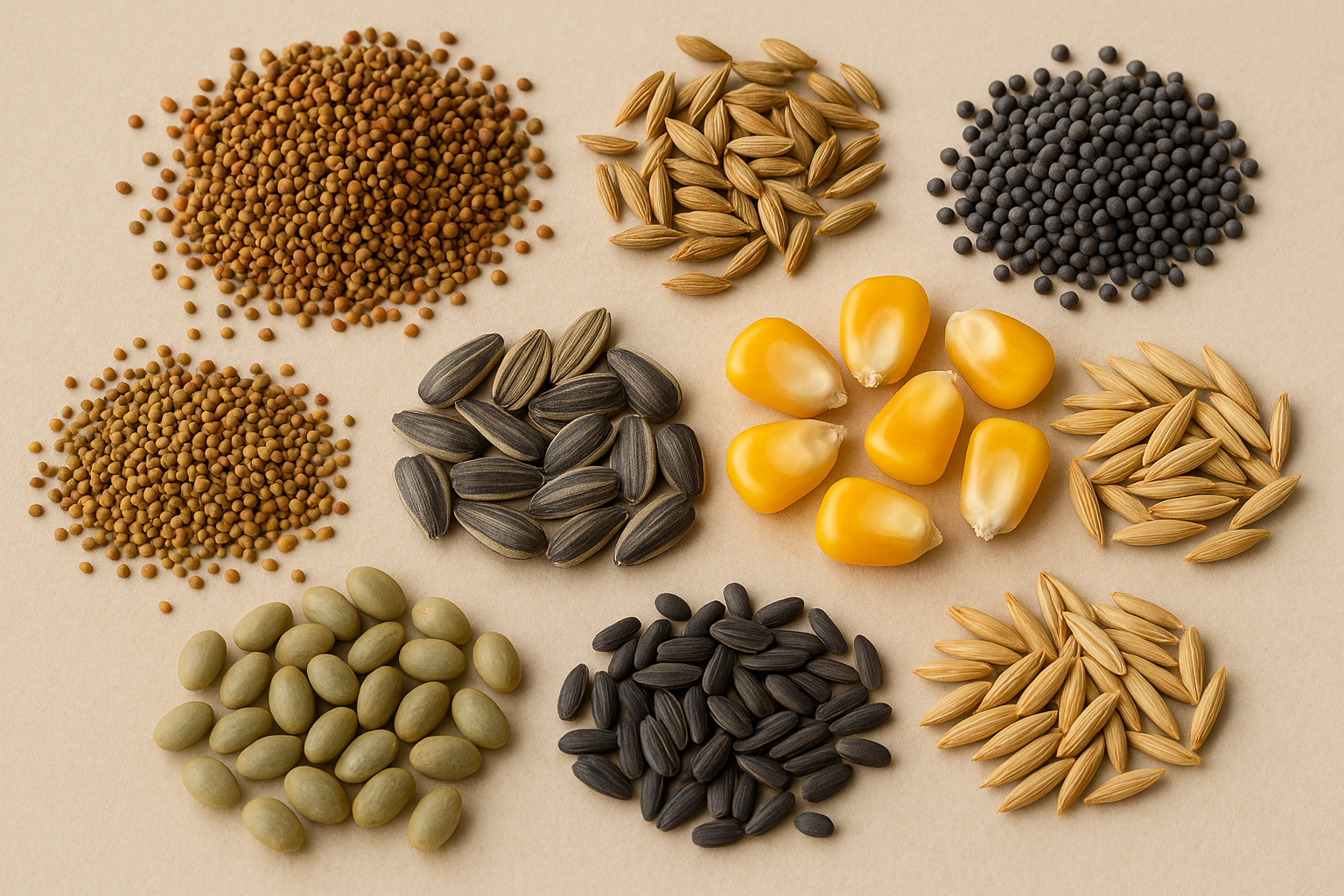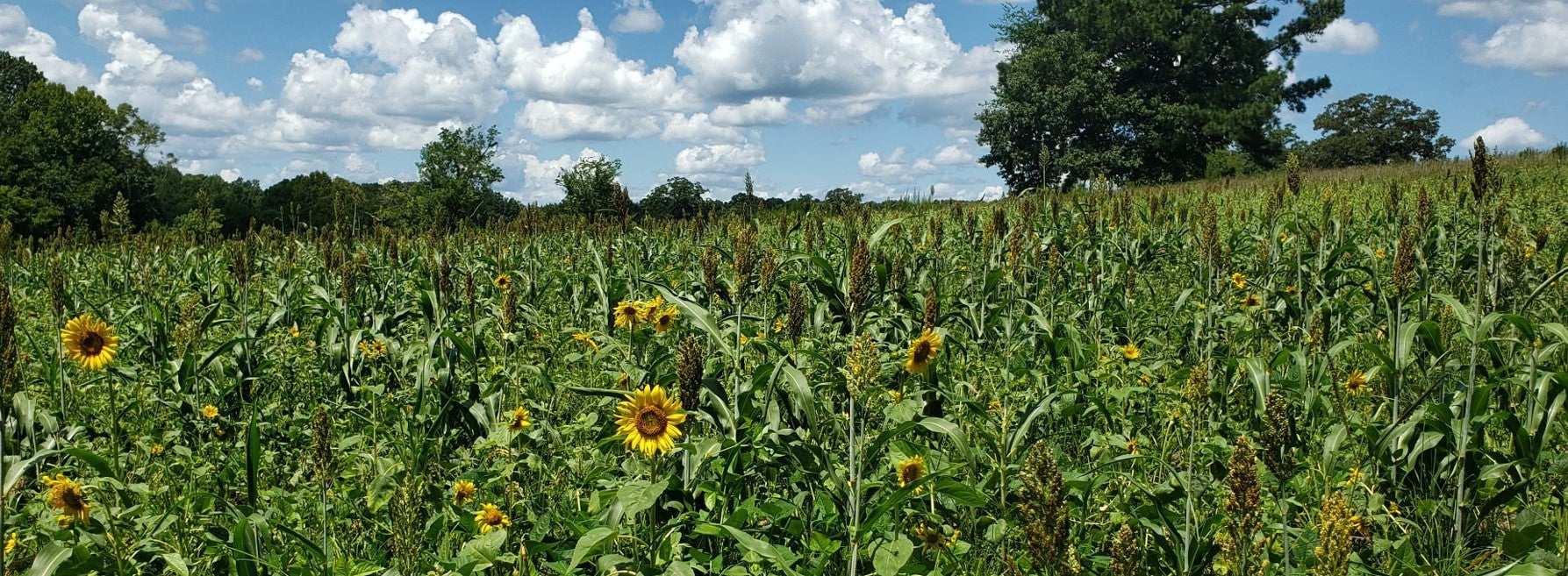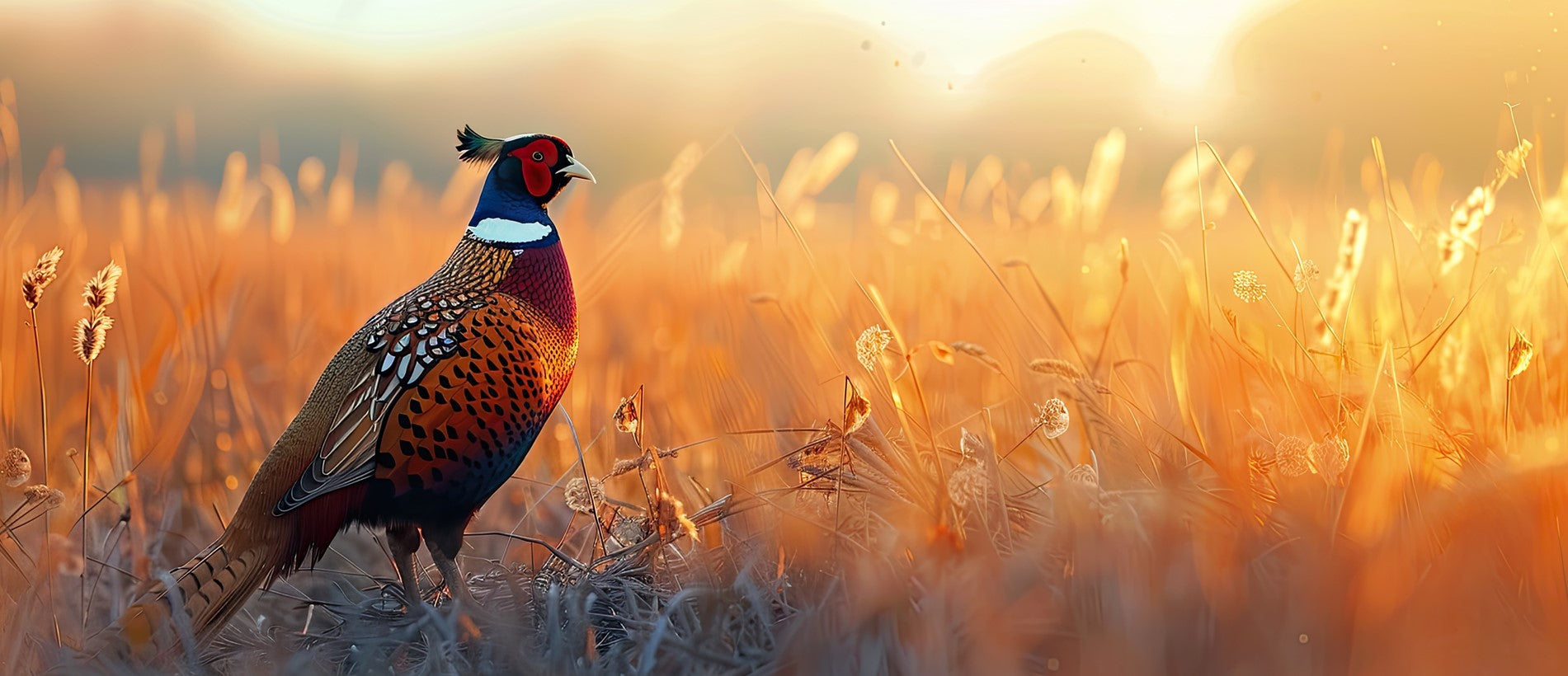Concerns to Consider When Implementing a Supplemental Feeding Program - Part VI
The Need to Control Deer Density
Part I of this six-part series outlined all of the many positive benefits of a supplemental feeding program to a deer herd. Two of those benefits were higher reproductive rates and higher survival. Both of these benefits can quickly result in excessive deer numbers, especially if the property where feed is provided is surrounded by high fence.
Therefore, another concern with supplemental feeding is if deer numbers are not closely monitored and controlled, deer populations may get out of hand to the point that the habitat can be permanently damaged.
As a result, a supplemental feeding program carries with it both the requirement and responsibility of removing an adequate number of deer each year. All of us like to see lots of deer when we go hunting. However, in order for both the deer herd and the habitat to be at their healthiest, deer numbers must be controlled.
Disease Concerns
The primary disease concern relates to the fact deer are unnaturally concentrated when they congregate at permanent feeder sites. Diseases that can be spread by direct contact, such as chronic wasting disease and anthrax, are the most problematic because supplemental feeding programs increase the amount of direct contact.
Anthrax likely kills more deer in Texas than any other disease. Anthrax is caused by bacteria in the soil resulting in spores that are then accidentally eaten by deer as they are grazing at ground level. Once infection is started, biting flies or direct contact spreads the bacteria. Some tumors, such as fibromas and those caused by the bacteria dermatophilosis, can also be spread by direct contact.
A wide variety of parasites have negative effects on deer and all of these parasites are more easily spread from deer to deer when the chances of direct contact are increased. Ticks, liver flukes, lungworms, stomach worms, arterial worms, abdominal worms, tapeworms, lice, and mites can all be spread more easily when deer are concentrated.
Aflatoxins are another disease concern. Aflatoxins are chemical compounds produced by fungi (mold) growing on corn, peanuts, grain sorghum, or cotton. Aflatoxin can cause liver damage and alter hepatic function, especially in young fawns. A supplemental feeding program may do more harm than good if the feeders are not cleaned after each period of rainfall; or if aflatoxin-contaminated corn (>100 ppb) is used as the supplemental feed. Supplemental feed should be stored in dry areas away from heat, condensation, humidity, and direct sunlight.
Baits are now being developed that could be used in the future to deliver vaccines to wild deer. Researchers at the Caesar Kleberg Wildlife Research Institute are testing a variety of different-flavored baits to see which is most preferred by penned deer. This bait could then be used to house a lipid-based vaccine that could be distributed across the landscape to treat wild deer if a disease occurred that threatened people, livestock or other deer.
Effects on Non-Target Animals
Supplemental feeding not only impacts the deer herd, but it also has the potential to impact non-target animals. Raccoons and some species of birds likely benefit from supplemental feeding, as do feral hogs and javelina if they have access to the feed. However, permanent feeder sites can cause abnormally high concentrations of the above non-target animals that can increase the rate of disease and parasite transmission.
Permanent feeder sites that concentrate deer result in increased browsing of native plants in close proximity to the feeders. Raccoons can also be concentrated by permanent feeders, which can result in higher rates of raccoons depredating bird nests nearby the feeder sites. Ground nesting birds such as quail may be especially susceptible.
Zaiglin and DeYoung, in their study on supplemental feeding, found that javelinas displaced deer at feeder sites on 11 of the 12 occasions that both species were observed at the feeders at the same time. In addition, they reported that javelinas remained at the feeder sites an average of 30.1 minutes, while bucks remained only 13.4 minutes, and does remained only 11.4 minutes. They also estimated that rodents and small birds consumed a minimum of 10% of the supplemental feed, not to mention the large amounts consumed by raccoons.
Cost
Cost is no doubt the biggest obstacle to implementing a supplemental feeding program. Supplemental feeding is both expensive and labor intensive. The initial investment to buy feeders and fencing material is more costly than many ranch hunting operations can afford. The labor involved in initially clearing feeder sites and building enclosure fences around the feeders adds even more to the cost of the materials. However, the long-term investment of buying supplemental feed and in labor to clean, maintain, and re-fill feeders is much more than the initial expenses.
In an economics study conducted by Gary McBryde at Texas A&M University-Kingsville, it was found that food plots were cheaper than supplemental feeding in terms of the amount of feed produced and consumed by deer. However, he listed two exceptions where food plots would not be more economical. The first exception occurred when the rancher could not meet the initial investment in the machinery necessary to prepare and plant food plots. The second exception occurred where annual rainfall was not adequate to produce at least 2,800 pounds per acre of dry matter plant material. In areas of low rainfall (most areas west of Interstate 35), expensive irrigation methods were needed to insure that food plot forage production was adequate.
Unfortunately, there is not a cheap way to adequately provide supplemental feed. Managers cannot pour feed on the ground because cattle, hogs, javelinas, and rabbits will consume the majority of the feed, eventually costing the ranch more in wasted feed than the feeders would have cost. Managers also can’t afford not to fence out feeder sites because cattle, hogs, and javelinas will monopolize the feeders to the point that more feed is wasted than the fencing material and labor would have cost to fence out the feeders.
Join me next week for the beginning of a five-part series on the debated issue of whether or not to shoot spikes.
Posted by Dr. Mickey W. Hellickson











Leave a comment